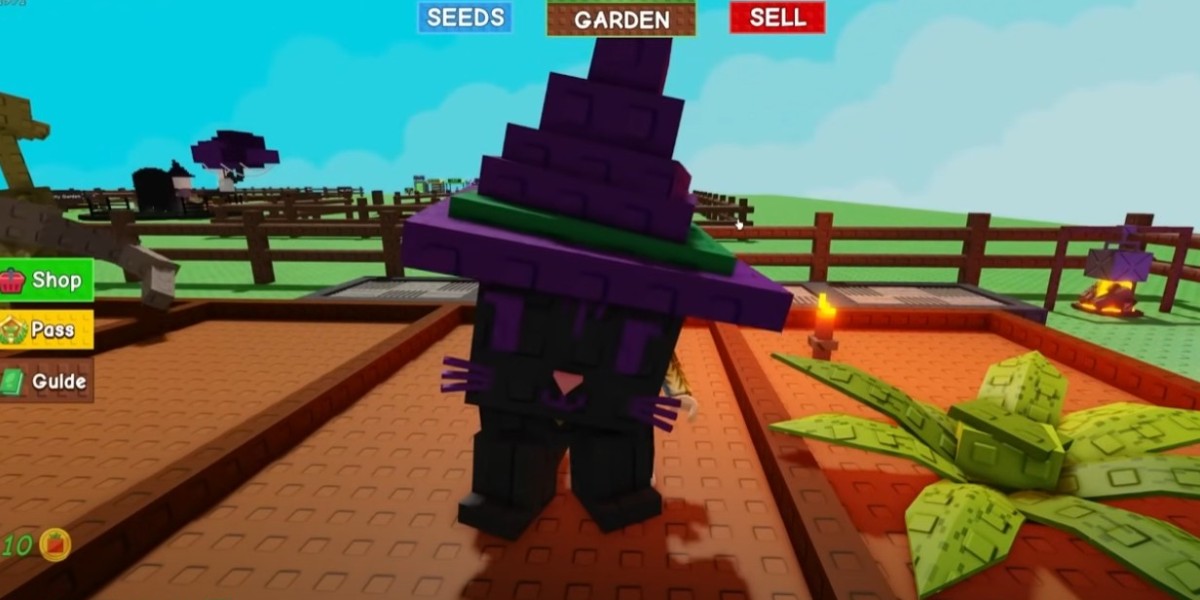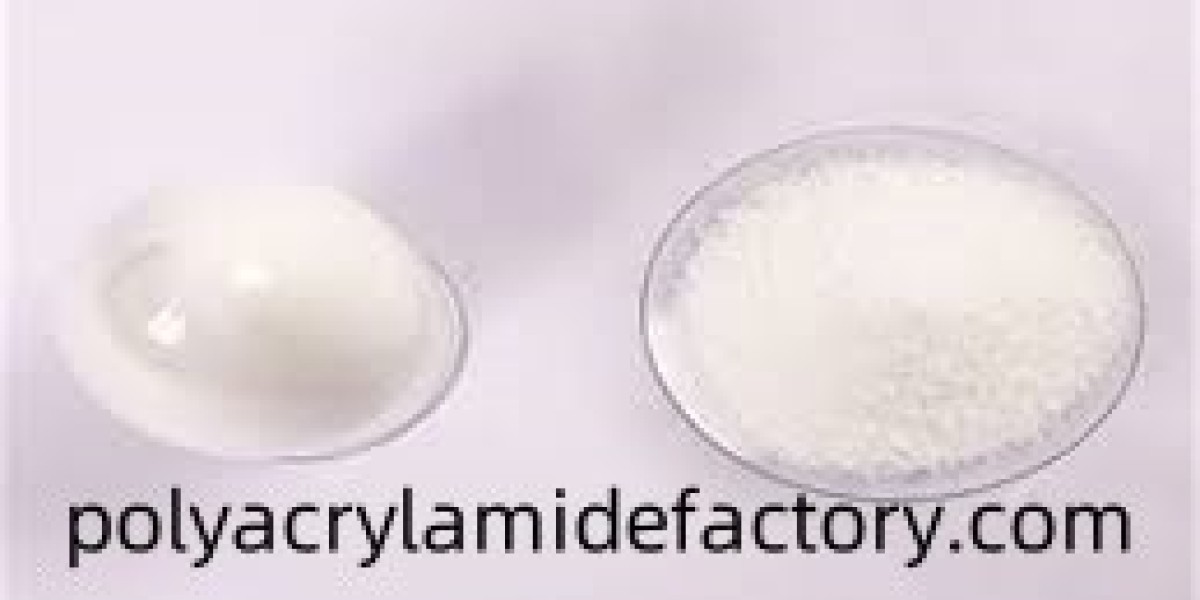As an active Grow a Garden player, I’ve spent countless hours navigating the trading system to build a high-value garden efficiently. Recently, I focused on acquiring a full team of kitsun, raccoons, and other rare pets, and the experience offered several lessons that are valuable for anyone looking to optimize their trading strategy. Here’s a breakdown of my approach and insights.
Strategic Trading for Maximum Value
Trading in Grow a Garden isn’t just about exchanging pets—it’s about identifying undervalued opportunities and planning multiple steps ahead. For instance, I started with four divine pets to secure a rainbow Spinosaurus, which immediately increased my trading leverage. From there, I traded smaller pets like T-Rexes and red foxes strategically, using them as stepping stones to acquire higher-tier pets like rainbow raccoons and Titanic peacocks.
One key observation is the importance of server hopping. By exploring multiple servers, I was able to spot players offering rare pets at favorable values. This technique proved invaluable in securing a Titanic peacock without initially having any kits or raccoons, simply by leveraging my existing inventory effectively.
Understanding Pet Values and Timing
Pet values fluctuate frequently. Dragonflies, for instance, were dropping in value, which prompted me to downgrade some for red foxes that could later be used as trade assets. Keeping a close eye on market trends allowed me to maximize profits while minimizing risk. Additionally, some pets, like peacocks, provide practical advantages beyond trading—they can reduce the cooldown of the bald eagle, making egg hatching far more efficient. Recognizing utility roles alongside trade value can create compound benefits for your garden.
Building a High-Value Inventory
Over time, I focused on accumulating raccoons, butterflies, Spinosaurus, and mimics. These pets not only hold intrinsic value but are also in high demand for trades. When combined with mutations like rainbow or ascended, their marketability increases significantly. This approach ensures that even if a specific trade doesn’t pan out, the pets remain useful for other exchanges.
Another tip: small overpayments on trades can be justified if it helps consolidate rare or high-value pets in your inventory. For example, trading three rainbow chinchillas for a single rainbow raccoon was worth it, as it strengthened my overall trading position and allowed for future profit flips.
Leveraging Tools for Efficient Management
Trading becomes significantly easier when you utilize available tools. I used a pet management system that allowed me to visually scan my inventory and plan mutations, utility roles, and trades efficiently. This tool helps identify which pets to trade next and ensures that each exchange is optimized for maximum return. For players looking to buy grow a garden items or track their garden’s progress, such systems provide an essential edge.
Additionally, keeping an eye out for grow a garden pets discount code opportunities can help reduce costs when acquiring key items, enhancing the overall efficiency of your garden. Sites like U4GM also provide helpful resources for monitoring market trends and making informed trading decisions.
Conclusion
High-level trading in Grow a Garden requires a combination of strategic foresight, market awareness, and smart use of tools. By understanding pet values, leveraging server hopping, and focusing on high-demand pets, you can build a powerful and profitable garden. Tools for inventory management, coupled with occasional use of grow a garden pets discount code offers, make the process smoother and more effective.








